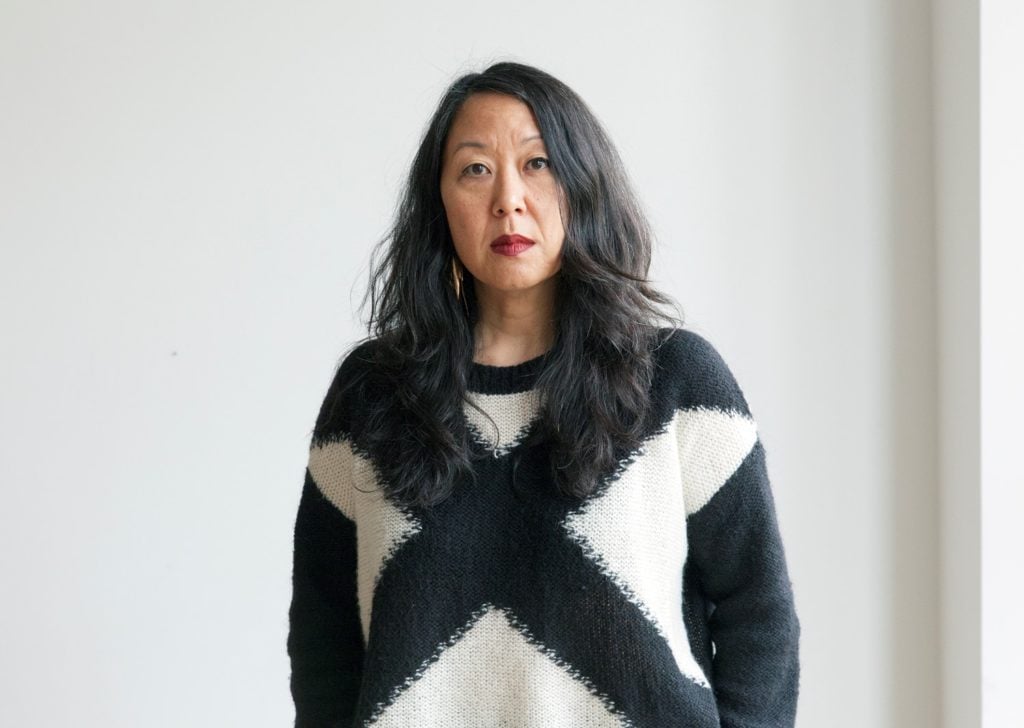People
Eungie Joo Becomes SFMoMA’s First Curator of Contemporary Art
The museum reopened last year after an ambitious expansion.

The museum reopened last year after an ambitious expansion.

Brian Boucher

In a first, the San Francisco Museum of Modern Art (SFMoMA) has hired a curator of contemporary art, tapping Eungie Joo for the position. Though the institution was founded in 1935, it has, perhaps surprisingly, never before employed a contemporary art curator.
Joo is highly accomplished and well-deserving of the post, having recently overseen the 5th Anyang Public Art Project in Korea, and the 12th Sharjah Biennial in the United Arab Emirates. As for institutional experience, Joo spearheaded the Museum as Hub program at New York’s New Museum of Contemporary Art for five years, and also curated the museum’s 2012 triennial, “The Ungovernables.” She then left New York for Brazil, where she was director of art and cultural programs at the Instituto Inhotim until 2014. She takes up her new post in June.
Her responsibilities will be organizing exhibitions and acquiring artworks, as well as working with young artists to develop and premiere new bodies of work. In addition, she will be commissioning artists to create site-specific works throughout the building.
SFMOMA was recently the beneficiary of artworks by American and European artists from the collection of Doris and Donald Fisher, the founders of the Gap clothing line. The new holdings include works by Ellsworth Kelly, Anselm Kiefer, Roy Lichtenstein, Henry Moore, Gerhard Richter, Cy Twombly, and Andy Warhol, among others. The museum undertook a massive expansion to house them, closing for several years and reopening in 2016.
“I am delighted to join the team at SFMOMA, an outstanding institution with remarkable leadership and vision, as demonstrated by its extraordinary expansion just one year ago,” said Joo in a press release. “The San Francisco Bay Area possesses a vitality born of its rich history and complex relationship to the development of the United States economically, demographically, agriculturally and technologically. It is an ideal place from which to imagine how U.S. museums might interrogate, present, and record contemporary art practices from around the world, while innovating public exchange and discourse. Today and looking forward, SFMOMA is the right institution for such contemplation and action.”